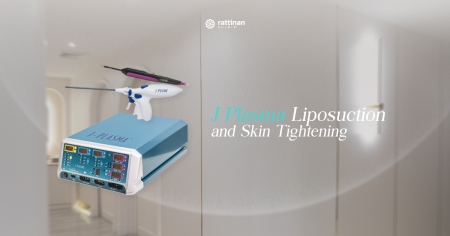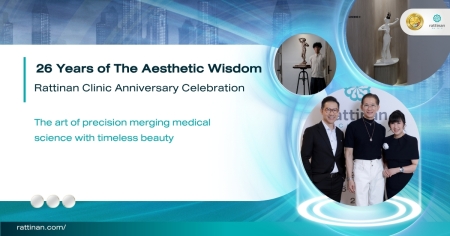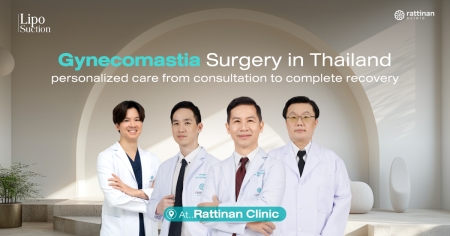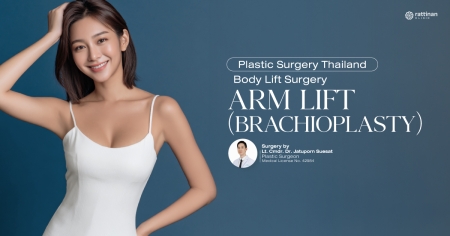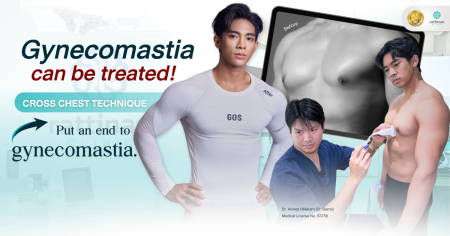Weight Loss Retreats in Thailand
12 Weight Loss Retreats in Thailand 1. Weight Management Program at Rattinan Clinic (Bangkok) Weight
Ultherapy in Bangkok
What Is Ulthera? Ulthera, commonly known as Ultherapy, is a widely recognized non-invasive cosmetic procedure
Rhinoplasty (Nose Surgery)
What is Rhinoplasty? Rhinoplasty (commonly called a “nose job”) is a surgical procedure designed to
Where to Get Botox in Bangkok
What Is Botox? Botox is a cosmetic injectable that’s become the gold standard for smoothing

